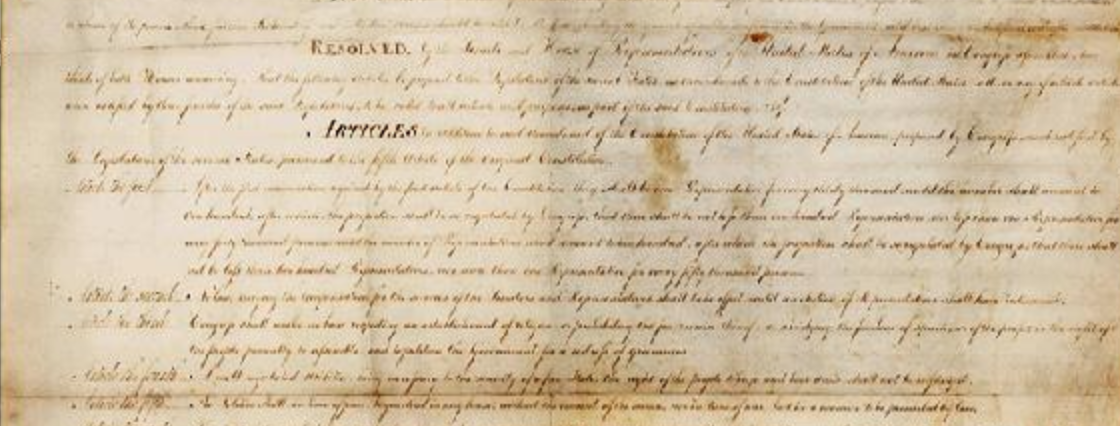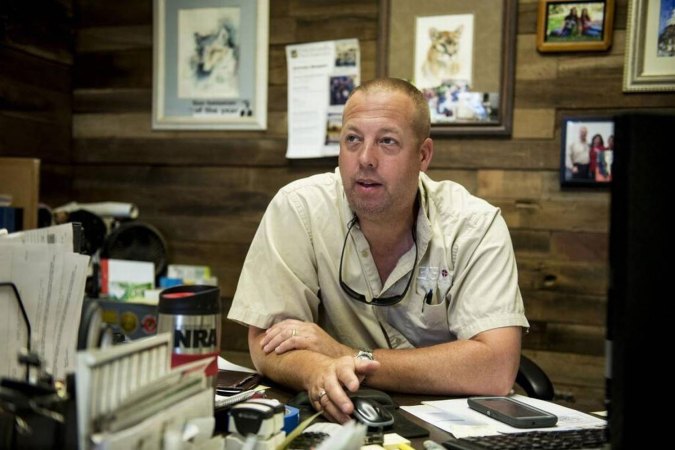We may earn revenue from the products available on this page and participate in affiliate programs. Learn More ›
It’s been 13 years since the Supreme Court of the United States determined in a 5-4 decision that a citizen has the fundamental, individual right to own a firearm in District of Columbia v. Heller. It’s been more than 11 years since SCOTUS ruled that local governments’ 14th Amendment public safety responsibilities do not preclude an individual’s Second Amendment rights in McDonald v. Chicago.
Since then, gun-rights advocates have been repeatedly frustrated in their attempts to get lawsuits and appeals challenging local, state, and federal gun laws before the nation’s highest court. Most notable was the Court’s June 2017 decision not to accept Peruta v. California, a long-anticipated challenge of a California law that requires a citizen to seek “may issue” permission from local authorities in order to carry a gun outside the home.
After more than a decade of avoiding Second Amendment cases, however, multiple justices have said those 2008 and 2010 rulings need further definition. While those rulings confirm the fundamental individual right to own a firearm, there are vagaries in how that individual right applies to carrying the firearm in public places.
In January 2020, the court granted certiorari to review New York State Rifle & Pistol Association v Bruen. The case challenges a New York law that prohibits lawful handgun permit holders from transporting their unloaded, locked weapons without first obtaining a special license from local authorities to carry firearms outside the home.
It stems from a lawsuit that was originally filed in 2013 by gun owners Robert Nash and Brandon Koch, who claimed that the New York law violates the Second Amendment by allowing government officials “may issue” discretion for a “shall issue” constitutional right. The men are licensed by the state to carry firearms for hunting and target practice, but were denied “unrestricted” licenses by New York City authorities because they failed to show a “special need for self-protection.” The New York State Rifle & Pistol Association, an NRA affiliate, eventually joined the suit.
The case was heard Wednesday during two hours of oral arguments in a virtual hearing before the Supreme Court, and it could have significant repercussions nationwide, since California, Delaware, Hawaii, Maryland, Massachusetts, New Jersey, and Rhode Island all have similar laws. Based on the questions several justices have asked (and the fact that they’ve agreed to hear the case), it’s possible the law could be ruled unconstitutional.
Read Next: There Is Far More to Concealed Carry Than Just Buying a Handgun
During the hearing, several justices asked New York’s attorneys—solicitor general Barbara D. Underwood and deputy solicitor general Brian H. Fletcher—about how the state’s law limits the right to carry firearms for self-defense. Constitutional rights, such as the Second Amendment right to bear arms, do not have to be justified, Chief Justice John G. Roberts Jr. told the attorneys.
“The Constitution gives you that right,” Roberts said. “And if someone’s going to take it away from you, they have to justify it.”
“The whole question is whether the Second Amendment right to keep and bear arms confers that right to have a pistol with you for self-defense. Even absent a showing of demonstrating need,” Fletcher said, arguing that striking the law would jeopardize other state and local firearms restrictions intended to safeguard subways, airports, houses of worship, and bars, among other places.
“I’m not sure that’s right,” Roberts said. “I mean, regardless of what the right is, it would be surprising to have it depend upon a permit system. You can say that the right is limited in the particular way, just as First Amendment rights are limited. But the idea that you need a license to exercise the right, I think, is unusual in the context of the Bill of Rights.”
Fletcher said New York is not unusual, and that many states have—or did have—laws requiring gun owners to show a need to carry a gun if they want to do so in public.
“The laws, of which New York is one but by no means the only example, that began to become more prevalent in the 20th century said, ‘we’re going to make that determination of need ex ante. We’re going to require a showing of good cause,’” Fletcher said. “New York has done that for a century.”
Justice Clarence Thomas then asked whether such strict regulations were necessary in rural areas of New York.
“It’s one thing to talk about Manhattan or NYU’s campus. It’s another to talk about rural upstate New York,” he said.
Nash and Koch’s attorney, Paul Clement, argued that New York cannot “put a cap on the number of firearms” and deprive “a typical New Yorker of their right to carry for self-defense” just because they live in a densely urban area. He also noted that seven of the nation’s 10 largest cities do not impose restrictions on carrying concealed handguns in public places.
Houston, Phoenix, San Diego, and Chicago do not have the same restrictions as New York, and these cities have not had “demonstrably worse problems,” Clements explained.
“Most people think Chicago is the world’s worst city with respect to gun violence, Mr. Clement,” Justice Elena Kagan countered.
At one point during the hearing, Justice Amy Coney Barrett asked Underwood if the 2008 Heller ruling was correct in her opinion.
“I think there’s a lot of support historically and otherwise for it, so I’m quite content to treat it as rightly decided,” Underwood said. “I think there was an argument on the other side, too, but that’s true about most of the difficult questions that come before this court. I have no quarrel.”








